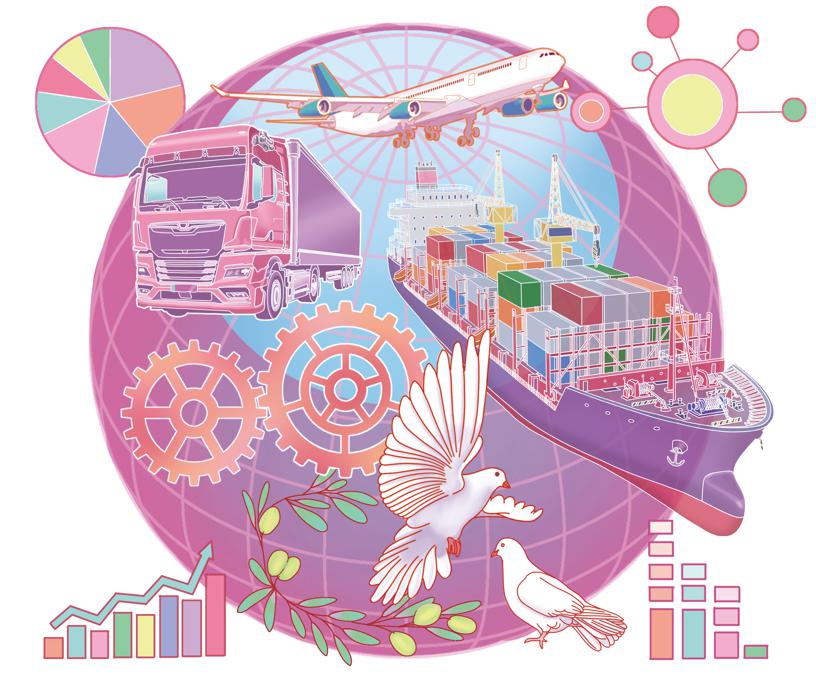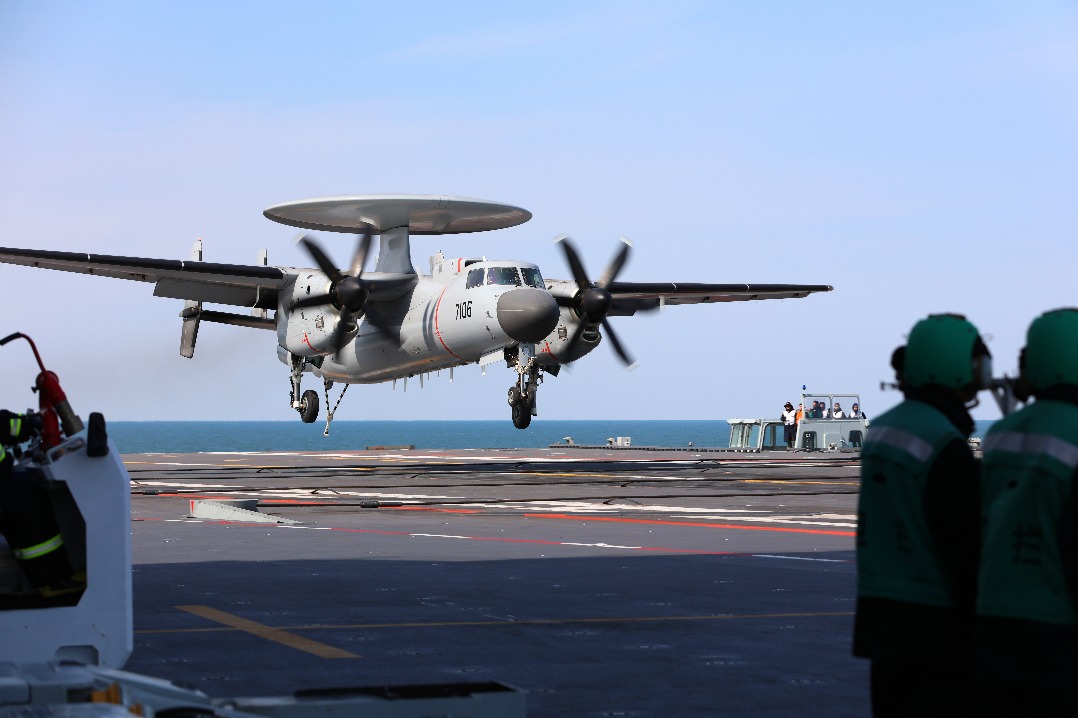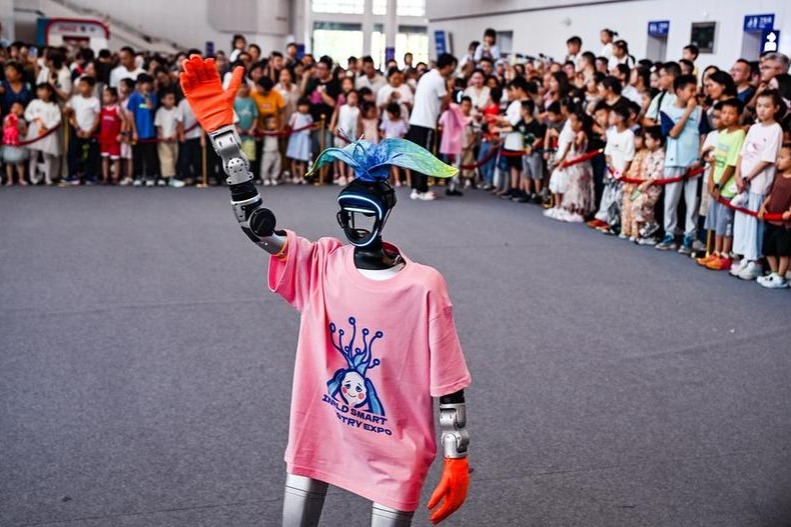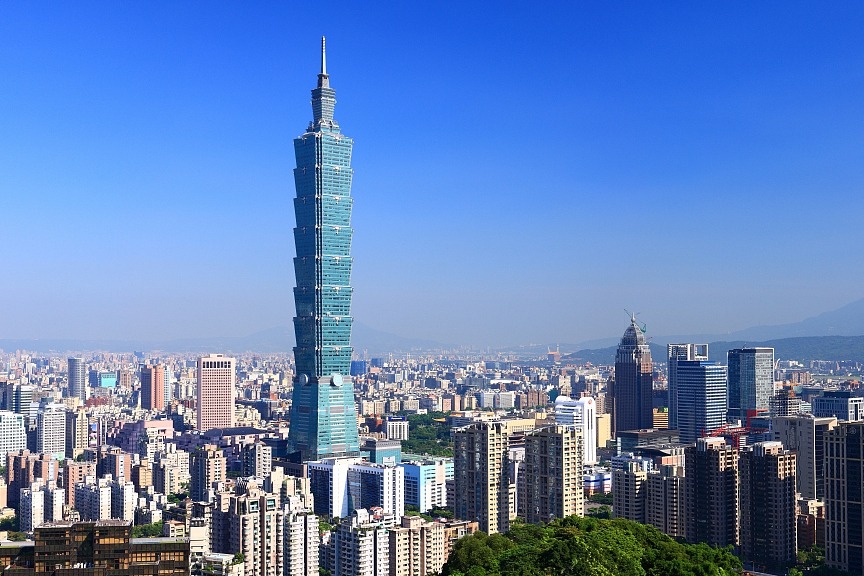Is Asia-Pacific more insecure in 2021?


Editor's note: The National Institute of International Strategy at the Chinese Academy of Social Sciences has analyzed the security environment in the Asia-Pacific, particularly the US' role in the region, in its annual report on regional security. The following are excerpts from the report penned by Zhang Jie, one of the main authors of the report:
The overall security situation in China's neighborhood this year has been increasingly complicated albeit without military conflicts. All countries have maintained the bottom line, and there has been no major military conflict or friction.
However, compared with 2020, this year has been marked by more confrontation between major powers than dialogue, and new regional power divisions and groupings have appeared, resulting in great uncertainty with the possibility of a new Cold War brewing in the region. In particular, the United States' involvement in the region has worsened the situation.
Asia-Pacific faces rising challenges
Generally, the regional security atmosphere in the Asia-Pacific in 2021 has shown the following characteristics. First, the US has intensified its comprehensive competition with China in the region, not least by promoting its aggressive Indo-Pacific strategy and engaging in more militarized and clique-building activities in the region.
Second, the differences among the main forces in the region have deepened and they have been forming different groupings, leading to a change in the regional order. Faced with fiercer Sino-US competition, Japan, India and Australia have joined the US to contain China's rise. On the other hand, Russia has strengthened its strategic cooperation with China, and the Association of Southeast Asian Nations is still hoping to make the most of the situation by remaining neutral.
Third, the overall traditional and nontraditional security challenges are increasing. The South China Sea issue and the China-India border dispute remain unresolved, and the Korean Peninsula nuclear issue seems to be deadlocked, while the political changes in Myanmar and Afghanistan this year have had a negative impact on the regional security situation.
Moreover, pandemic prevention and control remain the most prominent nontraditional security challenge facing the Asia-Pacific since COVID-19 has weakened the governance capability of many countries in the region, and some existing non-traditional security threats, such as extremism and terrorism, and cross-border illegal immigration are on the rise.
And fourth, economic and security issues have become increasingly intertwined. The US and its allies have used security as an excuse to restrict or disrupt normal investment, infrastructure construction and other economic activities in the region, specifically targeting China.
The bipartisan consensus in the US on using stricter measures to contain China, ostensibly to deal with the imaginary threat posed by a rising of China to the world's only superpower, has consolidated. And the US is using the Asia-Pacific region to launch its strategic game against China.
Worse, the remark of US Secretary of State Antony Blinken on the Indo-Pacific on Dec 14 shows the Joe Biden administration has been blindly following its predecessor's Indo-Pacific strategy, not least because it has strengthened its economic engagement, value diplomacy and cooperation with its allies to assail China.
The US has consolidated its military advantages and strengthened its deterrence capabilities in the Indo-Pacific region. For instance, by the end of 2019, the US military had deployed 375,000 personnel in the Indo-Pacific.
According to the plan to deploy 60 percent of the US naval and air forces in the Asia-Pacific by 2020, the aircraft carrier USS Ronald Reagan, littoral combat ships, the Terminal High Altitude Area Defense system, and a large number of advanced fighters, nuclear submarines and other military equipment have been deployed in, or included in the deployment plan for, the Asia-Pacific. Plus, the US has the capability of rapidly deploying over 10,000 aircraft from its military bases around the world as back-up for its Indo-Pacific Command.
Washington may increase military presence in region
The military advantage of the US in the region cannot be matched by any other country. And the fact that the US has withdrawn its troops from Afghanistan means it will dedicate more troops to the Asia-Pacific, which means more trouble is in store for the region.
The Biden administration has also gradually restored diplomatic interactions with major countries in the region after the Donald Trump administration's irrational moves soured relations with them. US Vice-President Kamala Harris, Secretary of Defense Lloyd J. Austin III, and other high-ranking US officials have already paid several visits to Southeast and South Asian countries.
By the end of October, Biden had added his weight behind the strategic push against China, by participating in the Asia-Pacific Economic Cooperation Virtual Leaders' Meeting and paying greater attention to Indo-Pacific affairs. Through these bilateral and multilateral visits and interactions, the US has repaired and ensured its diplomatic relations and security commitments with its allies and partner countries in the region.
Washington has also significantly strengthened the US-led establishment of security and strategic mechanisms in the region. In 2021, the Biden administration upgraded and expanded the Quadrilateral Security Dialogue (a loose strategic grouping of the US, Japan, Australia and India), established the US-UK-Australia Trilateral Security Partnership (AUKUS), and emphasized the role of the "Five Eyes" and G7 in regional affairs. It has repositioned the functions of each mechanism, and tried to coordinate the docking and cooperation among them.
The four members of the QUAD have expanded the grouping's cooperation agenda from security to include COVID-19 vaccines, climate change, the economy, and technology. As a result, the status of the QUAD as a pillar of the US' overall Indo-Pacific strategy has basically been consolidated, while AUKUS has become a core regional grouping for the US to strengthen its traditional military cooperation in the region, and the Five Eyes alliance and G7 include countries within and outside the region, expanding the scale and scope of the US' regional security network.
US has launched 'mass offensive' against China
These alliances and groupings have also provided important support for the US to play the card of international public opinion on issues related to the South China Sea, the Taiwan question, and the Hong Kong Special Administrative Region. With US-Japan and US-Australia relations as the "dual anchors" of the US military alliance network, Washington has launched a "mass offensive" against China, and is building the iron curtain of a new Cold War around China.
The US also has put forward a number of economic agendas in an attempt to make up for its economic "shortcomings "in regional affairs. It has been trying to persuade countries in the region to "decouple" from China's supply and industrial chains, and coercing them into reducing cooperation with China in critical and sensitive infrastructure and high-tech fields.
In the meantime, the US has been focusing on expanding the QUAD cooperation agenda through two high-level meetings and the establishment of three working groups on COVID-19 vaccines, important emerging technologies, and combating climate change, in order to strengthen cooperation with Japan and Australia in areas such as high-quality infrastructure, as well as strengthen the Indo-Pacific economic governance strategy.
These US moves, mainly in the form of military deterrence, economic competition and diplomatic hedging, are all directed toward China, and have worsened China's external environment and made the regional situation more unstable. Also, thanks to the impact of the US' intensified strategic competition with China, the situation in the Asia-Pacific has become more complex and volatile, and future prospects remain uncertain.
In September, President Joe Biden told the 76th annual session of the UN General Assembly that the US does not seek to launch a new Cold War against China, nor does it seek conflict with China. And according to Jake Sullivan, his national security adviser, the "stiff competition "between the two countries in the Indo-Pacific does not have to turn into a new Cold War, but the US is going to compete vigorously with China across multiple dimensions, including in trade and technology.
The Asia-Pacific region is the core area of the US strategy to establish a global "alliance network". In 2021, the US, the United Kingdom and Australia established AUKUS to share nuclear submarine technology, delivered COVID-19 vaccines to the region through the QUAD, and established the US-EU Trade and Technology Council to counter China in emerging technologies.
Besides, the Biden administration has put more emphasis on the ideological struggle against China, and tried to turn the QUAD into a new strategic partnership to prove that democracy can achieve and promote common security, deepen mutually beneficial cooperation on technology, economy and fighting climate change, promote common values, and US-led mechanisms can become an important platform for allies and partners to work together to meet emerging security challenges.
Through such measures, the US is trying to build an exclusive political and military bloc in the Asia-Pacific region, and initiate a new Cold War.
US not likely to succeed in its designs
The implementation of the Indo-Pacific Economic Framework by the Biden administration is seen as a US attempt to make up for the "shortcomings" of its economic influence in the Asia-Pacific region. But given the primacy of domestic politics in the US and different factors in the region, it remains to be seen whether the US will succeed in its move.
Furthermore, if the US aims to use the Indo-Pacific Economic Framework to hedge against China's Belt and Road Initiative and to "decouple" with China, economic issues will get increasingly entangled with security issues. Perhaps it's time the US realized that exclusive economic cooperation does not necessarily promote regional prosperity. Instead, it could destabilize the security situation in the region.
Despite the huge impact of the US' strategic layout in the region, the extent to which small and medium-sized countries will determine whether the Asia-Pacific heads toward win-win cooperation and builds a community with a shared future or engages in zero-sum games and heads toward divisions and conflicts.
China should strengthen its strategic cooperation with regional forces including Russia and the ASEAN member states, and help shape an open, inclusive and cooperative regional order.
The opinions don't necessarily represent those of China Daily.
If you have a specific expertise and would like to contribute to China Daily, please contact us at opinion@chinadaily.com.cn , and comment@chinadaily.com.cn
































